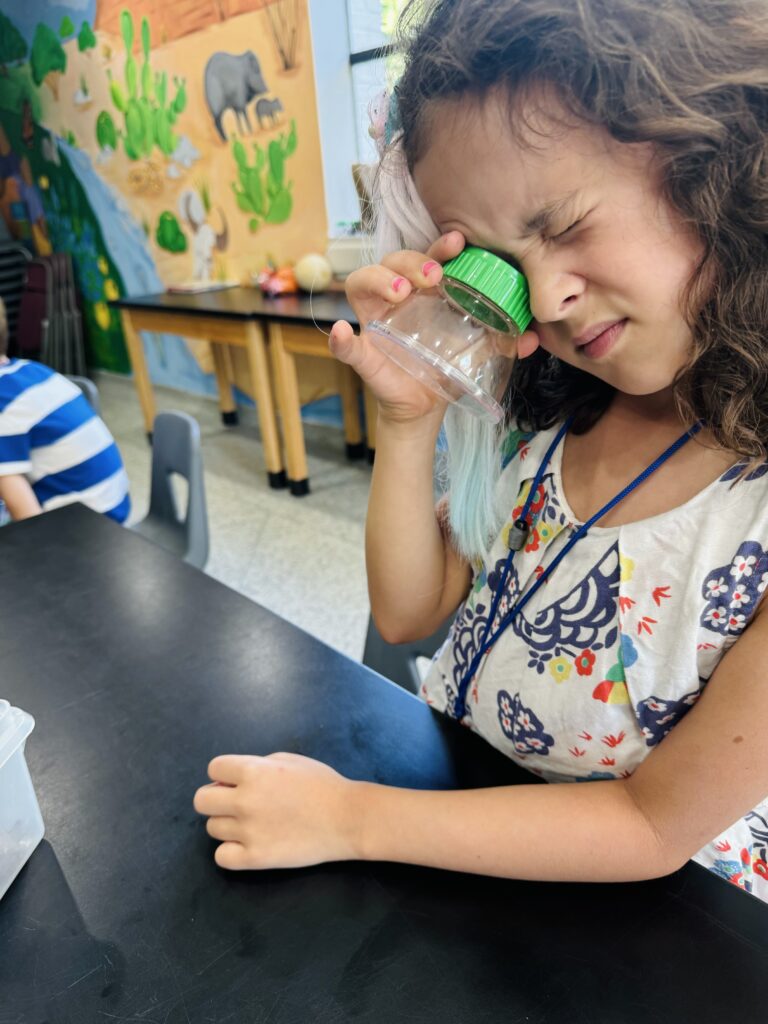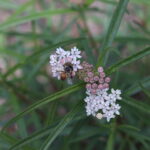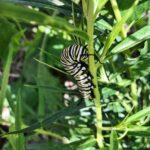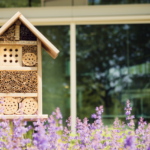Fall is here and that means leaves are changing colors!
All that fall color comes from the same pigments found in those healthy fruits and vegetables: carotenoids and anthocyanins. These pigments are always present in leaves, but in spring and summer abundant chlorophyll keeps leaves looking green.
Leaves lose their chlorophyll as days become shorter and colder. (Or, in our case, mostly shorter). Leaves can’t make enough food, so they quit making chlorophyll. And when that green fades, beautiful yellows, reds and oranges take center stage.
Carotenoids are yellow or orange in color. Anthocyanin, helps deliver excess sugars from leaves back to the tree. This pigment turns leaves red.
So, what is a homeowner to do with all these colorful leaves that eventually fall to the ground?
Leave the leaves!
Leaves can contain much of the nutrients the plant has pulled from the soil. Save money on buying fertilizers to put those nutrients back by keeping your leaves on the lawn and in garden beds. If you mow your lawn, mow over leaves to break them up. They’ll fall down under the blades of grass and eventually work their way back into the soil. Pile leaves into mulch for garden beds over the winter or spring. Composted leaves improve soil’s tilth. Organic matter breaks up clumps, allows for deeper roots, improves seed germination, and improves water absorption and drainage.
If its crafts or compost, let us know what you’re doing with your leaves this fall in the comments below!
















